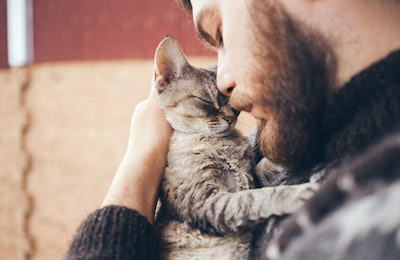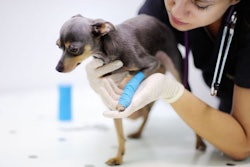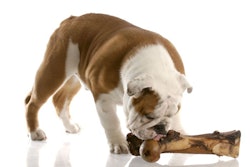
Pet ownership is expensive. A dog or cat (or any other animal, for that matter) is a lifelong commitment — one that involves providing food, shelter, medical care, amusement and an emotional bond. Much like a human familial relationship, in fact, which is why pet humanization has taken over every customer trend, every forecast, every data point in the pet food industry (and, speaking more broadly, the pet care industry). Is it any surprise, then, to find that pet owners in the US, the most mature pet care market in the world, are willing to drain their bank accounts for their animals?
Pets: The financial sacrifice many are willing to make
According to the results of a December 2017 Harris Poll conducted for the American Institute of CPAs (AICPA), 54 percent of Americans have a pet in their home that they say is impacting their finances. On average, according to the survey, which was conducted via telephone, those pet owners spend US$1,560 per year on their pet’s routine care (feeding, grooming, boarding, scheduled vet visits) alone, based on an average monthly cost of US$130.
Some more interesting numbers from the survey: 23 percent of respondents said owning a pet costs more than they expected. Seventy-six percent said they would make financial sacrifices to pay for an emergency expense related to their pet, 79 percent said they’d stop eating out, 67 percent said they’d give up a vacation and 35 percent said they’d even give up their cell phone plan. Even more seriously, 37 percent of pet owners said they’d sacrifice retirement plan contributions and 27 percent said they’d skip a credit card payment or two if it meant being able to pay for their pet’s expenses.
Pet food continues to benefit from humanization
How does this translate to pet food? Well, there’s a good reason why premium pet food in the US continues to see growth that outpaces both mid-priced and economy brands. According to Euromonitor International data, premium pet food brought in roughly US$16 billion in 2017, compared to mid-priced brands’ US$6 billion and economy brands’ US$2.25 billion. The compound annual growth rate (CAGR) for premium pet food between 2012–2017 is also telling: 4.5 percent, according to Euromonitor, compared to less than 0 percent for both mid-priced (-1.4 percent) and economy (-3 percent) brands.
And while it’s true that many pet owners say they’ve been spending less on pet food recently, premium (read: almost always more expensive) products continue to be where the growth is overall in the pet food industry. Apparently, it’s not just veterinary bills pet owners are willing to sacrifice their savings on.
Briefly: Annual pet care costs
According to Petfinder, pet owners can expect to spend each year:
- US$120–$500 on dog or cat food
- US$20–$200 on dog or cat treats
- US$20-$200 on dog or cat dental/chew toys
- US$766-$10,350 in total pet care costs for dogs
- US$526-$9,352 in total pet care costs for cats
Source: Petfinder.com, “Annual Dog Care Costs” and “Annual Cat Care Costs”
Contact Me















